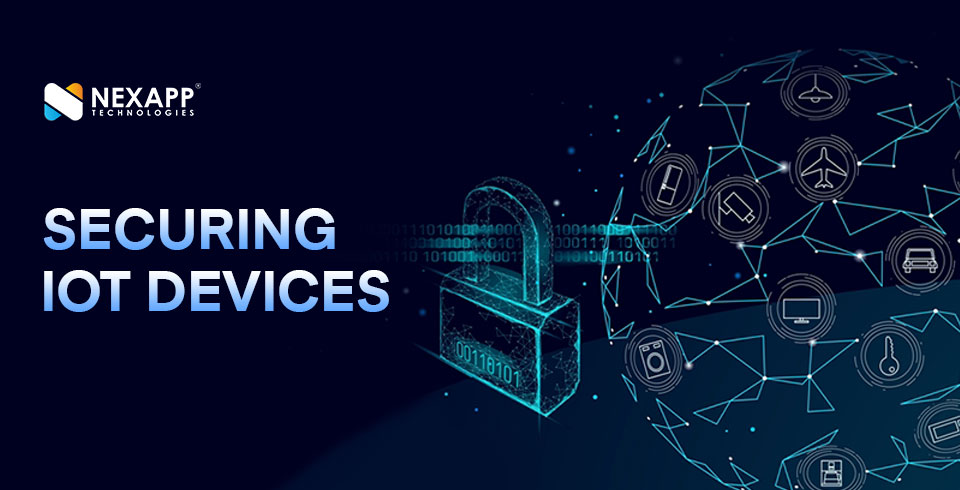
We are living in an age of connectivity, where data is deemed to be the new currency. Internet of Things (IoT) has become the crux of the majority of the connections. Devices are connected across the globe and industries to enhance productivity, create new business opportunities and solve problems. But this connectivity comes with its set of risks and threats that can impact the entire working of any organization.
With the growing need for the use of applications dependent on the cloud today, industries are focused on safeguarding their data from these threats by adopting new strategies to manage and mitigate cyber threats.
Challenges of IIoT Security
- Device hijacking – The attacker hijacks and controls the device. These attacks can be difficult to detect, as attackers do not modify the basic functionality of the device. In an IIoT scenario, the hijacker could take control of a smart meter and use the compromised device to launch ransomware attacks against an energy management system (EMS).
- Devices/ Hardware interface – Susceptibility in memory, firmware, web interface and network services are easily exploited by hackers.
- Communication channels – Various protocols used for communication of IoT devices do not check the data that is being transported which means that the information can be really anything, posing data validation issues on the connected systems.
- Man in the middle – An attacker breaches, disrupts, or tampers with communications between two systems. In an IIoT situation, the attacker can take control of an intelligent actuator and can manipulate speed limit, which can damage an assembly line or cause damage.
Solution
- Secure communication (end-to-end communication) – The secure communication function protects the data transmitted between the device and its service infrastructure (cloud). Encryption ensures that only those with access to the secret decryption key can transmit data.
- Security monitoring and analysis – Safety monitoring captures data on the general state of industrial systems, including endpoint devices and connection traffic. Then the data is analyzed to detect possible safety violations or potential system threats. When discovered, a wide range of actions formulated in the context of the entire system security policy should be performed. This can be executed in real time or at a later date to identify the use pattern and detect a potential attack scenario. It is crucial to ensure that endpoint devices are protected from possible manipulations and data operations.
Security lifecycle management – Lifecycle management capabilities enable service providers and OEMs to control the security aspects of IoT devices at runtime. Rapid replacement of wireless device keys (OTA) during network disaster recovery makes sure that service interruptions are minimized. Additionally, the decommissioning of safety equipment ensures that end-of-life equipment is not reused or used to connect to service without authorization.
Security challenges for IoT service providers and their client companies are on the rise. Emphasis on the security side is crucial before it is too late. SD-WAN is evolving to become a preferred platform to manage these functions and capabilities in various upcoming technologies, especially IoT. As the IoT industry continues to grow at a fast pace, new services, security becomes an area that cannot be ignored anymore. To learn more about IoT security, head over to Nexapp Technologies
Recent Blogs
5G: The Solution to Last Mile Redundancy?
September 22, 2021 0Sailing Through Difficult Times With The Right Team
September 8, 2021 0What are the opportunities in the Indian SD-WAN market?
August 30, 2021 0Securing IoT Devices
August 16, 2021 0All About SASE
August 2, 2021 0






